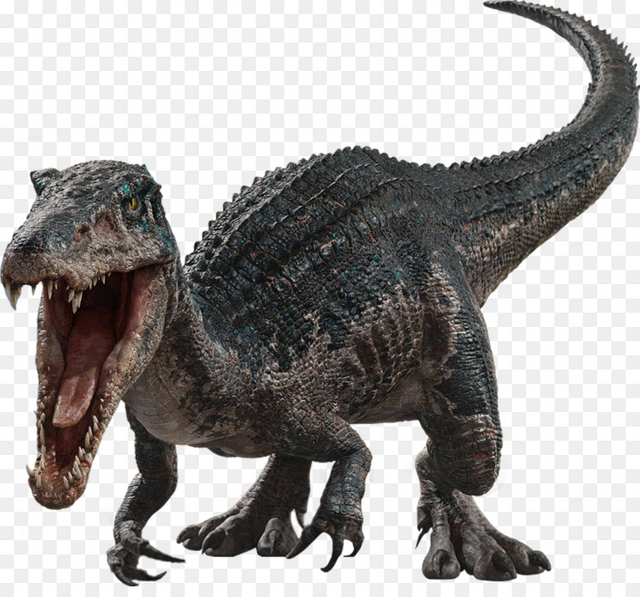Baryonyx

Baryonyx was a carnivore (meat-eater) that lived in the early Cretaceous period, about 125 million years ago, in England, Spain, and probably elsewhere in Europe too. It was about 20 feet (6.1 meters) long and probably weighed over 2 tons.
Baryonyx is known to have eaten fish as a fossilized meal containing fish remains was found in its stomach - and was for a long time the only known fish-eating dinosaur (scientists now believe that Spinosaurus mostly ate fish too).
Baryonyx was an unusual dinosaur in a several ways:
It has a very narrow skull, with many small pointed teeth, many more than its relatives, the other Theropod dinosaurs: Baryonyx's teeth included 64 teeth in the lower jaw ("mandible") and 32 larger teeth in the upper jaw ("maxilla"). Additionally, the upper jaw contained a sharp angle near the snout that help to prevent prey from escaping (a similar feature is founded in crocodiles for this purpose).
It did not have a flexible neck like other Theropod dinosaurs. Furthermore, Baryonyx's head was set an acute angle to the neck, rather than the 90 degree angle found in other dinosaurs.

A huge curved claw, about 1 foot (30 centimeters) long, was found with the fossil Baryonyx. It is not certain if this claw was attached to the front or rear feet. It is possible that Baryonyx used this claw to hook fish out of water, while hunting on riverbanks. In any case, Baryonyx was named for this claw, Baryonyx means "heavy claw".
Baryonyx is known from fossils found in southern England and Spain:
The first example was discovered by amateur fossil-hunter, William Walker, who, in 1983, came across an enormous claw sticking out of the side of a clay pit near Dorking, Surrey in England. About 70% of the skeleton, including the skull, as well as the fossilized remains of its last meal inside the rib cage (which is how we know it ate fish), was recovered from this find, and this provided a lot of detail to researchers. (This particular specimen is now located in the Natural History Museum in London, England).
Subsequently, further Baryonyx fossils were found in Spain. These principally consisted of a partial skull and some fossil tracks.